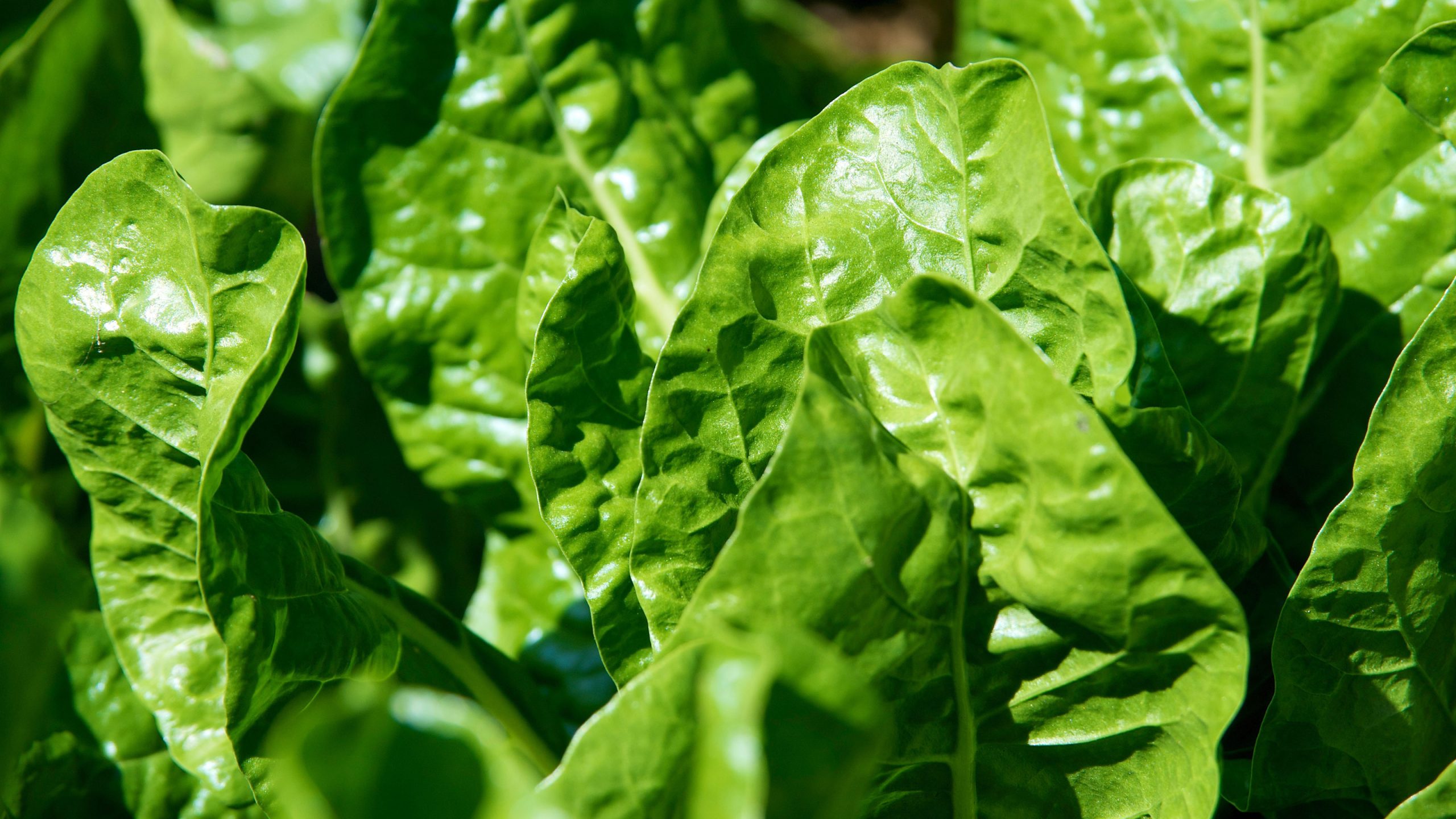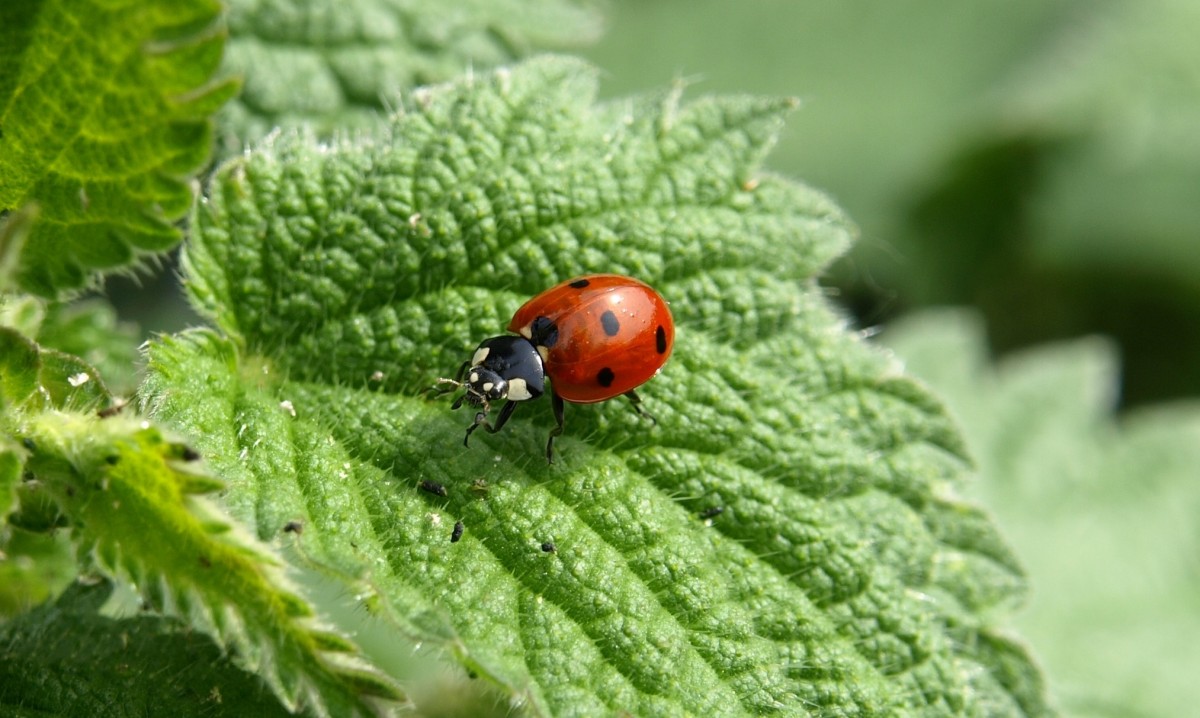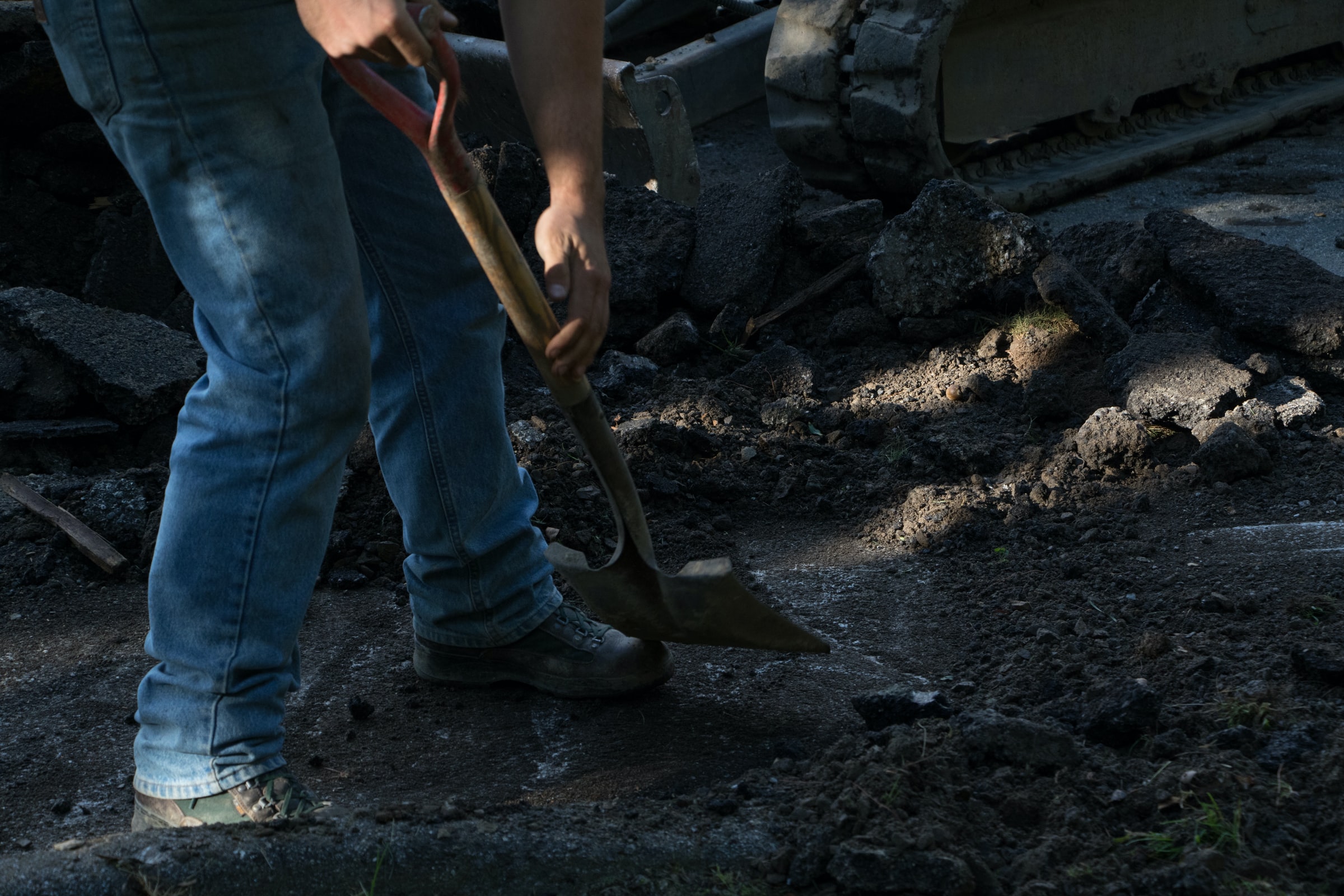Spinach is a versatile and nutrient-dense leafy green that has grown in favor among health-conscious people and home gardeners. Growing spinach may be a rewarding and sustainable addition to your home garden, whether you have a large backyard or a small urban balcony. In this post, we’ll look at all elements of producing spinach, from choosing the correct seeds and preparing the soil to nurse the plants and collecting the abundant greens.
Growing and Caring for Spinach
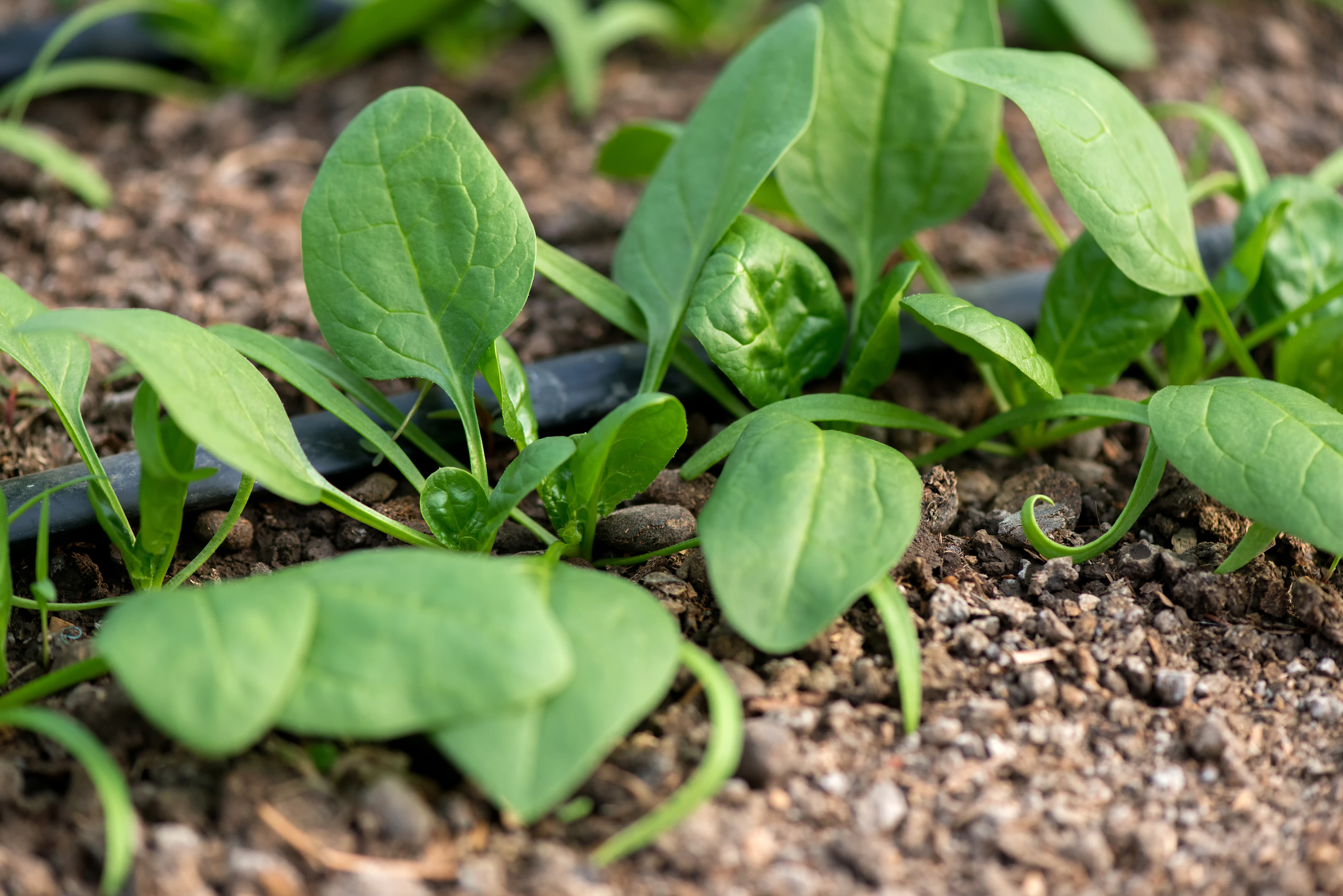 To start producing spinach successfully, you must first grasp the basic needs of this vivid green food. Spinach grows well in chilly climates, making it an excellent crop for both spring and fall plantings. Temperatures between 50°F and 70°F (10°C and 21°C) are optimum for spinach development, with plants growing slower in higher temps.
To start producing spinach successfully, you must first grasp the basic needs of this vivid green food. Spinach grows well in chilly climates, making it an excellent crop for both spring and fall plantings. Temperatures between 50°F and 70°F (10°C and 21°C) are optimum for spinach development, with plants growing slower in higher temps.
Before you get your hands dirty, it’s critical to choose the correct type of spinach seeds for your growth circumstances. There are various spinach cultivars available, each with its own distinct flavor, leaf texture, and pest and disease resistance. Among the most popular types are ‘Bloomsdale,’ ‘Baby Spinach,’ ‘Savoy,’ and ‘Giant Noble.’
After you’ve purchased your spinach seeds, you’ll need to prepare the soil for planting. Spinach grows best in well-drained, organic-rich soil. To boost soil fertility, loosen the soil to a depth of 8 to 10 inches (20 to 25 cm) and insert compost or well-rotted manure. This ensures that the soil keeps sufficient moisture while allowing excess water to run away.
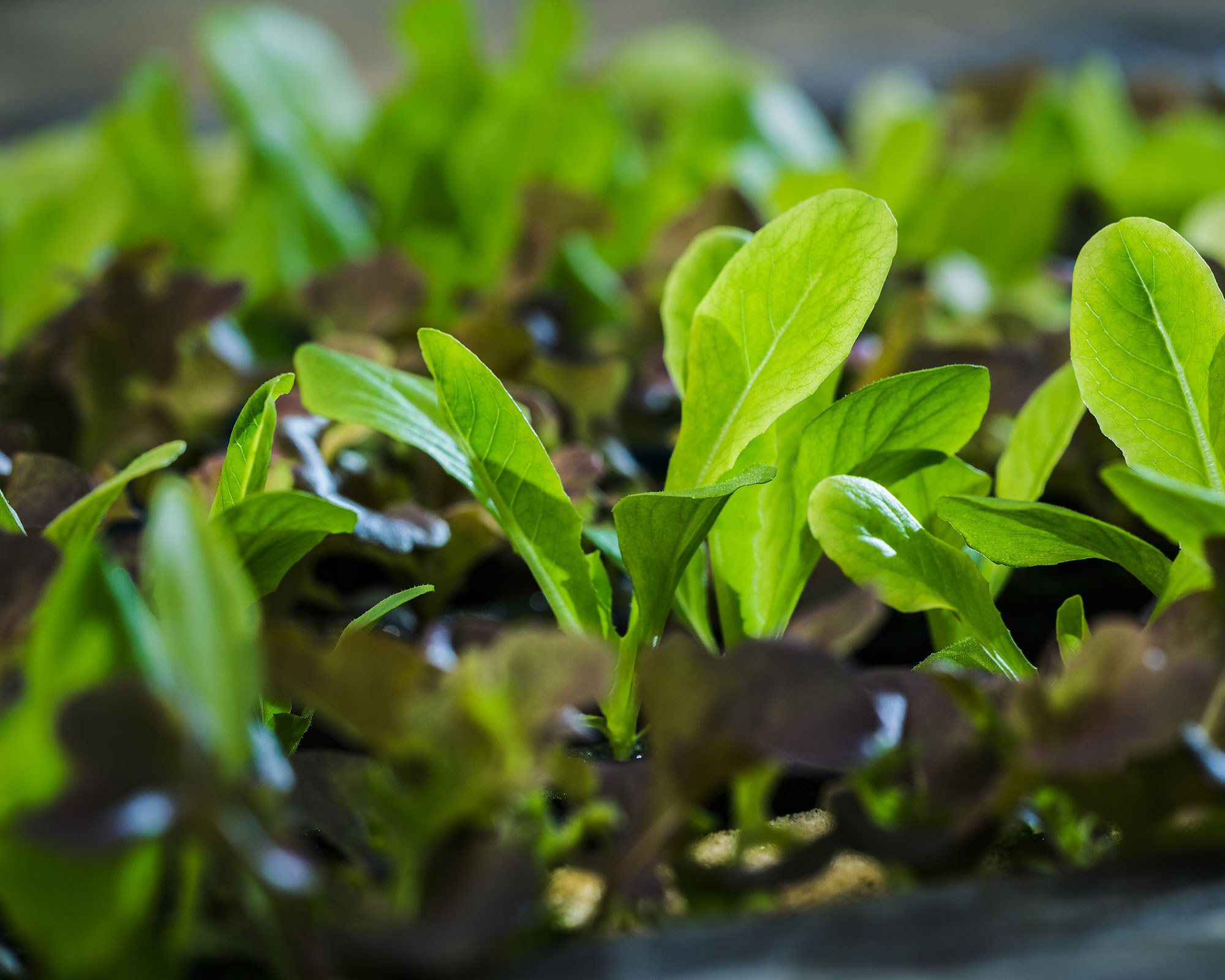 Planting spinach requires adequate spacing to allow each plant to develop and get nutrients. Sow the seeds in rows, with approximately 12 to 18 inches (30 to 45 cm) between rows. Maintain a spacing of 4 to 6 inches (10 to 15 cm) between each plant inside the row. Cover the seeds with a thin layer of dirt, making sure they are not buried too deeply.
Planting spinach requires adequate spacing to allow each plant to develop and get nutrients. Sow the seeds in rows, with approximately 12 to 18 inches (30 to 45 cm) between rows. Maintain a spacing of 4 to 6 inches (10 to 15 cm) between each plant inside the row. Cover the seeds with a thin layer of dirt, making sure they are not buried too deeply.
Watering is an important feature of spinach production, especially during the germination and early development stages. Maintain continuous moisture in the soil, but avoid overwatering, which can lead to root rot and other illnesses. Mulching the soil surrounding the plants can aid in moisture retention, weed control, and temperature regulation.
As your spinach plants begin to grow, it is critical to check their health and handle any potential problems as soon as possible. Keep a watch out for common pests that might harm the leaves, such as aphids, leaf miners, and slugs. Organic pest management approaches, such as handpicking or using natural insecticidal soaps, can help safeguard your plants without the use of dangerous chemicals.
Consider using a balanced organic fertilizer during the growing season to support strong development and minimize nutritional deficits. Spinach is a nutrient-demanding plant that requires proper levels of nitrogen, phosphate, and potassium. Follow the application rates and frequency recommendations provided by the fertilizer manufacturer.
Harvesting your own spinach is a gratifying experience since it allows you to eat fresh, tasty greens straight from your own. The harvesting schedule is determined by your chosen spinach use. When the young spinach leaves reach approximately 2 to 3 inches (5 to 8 cm) in length, you may begin harvesting them. If you like mature leaves, wait until they reach a height of 6 to 8 inches (15 to 20 cm). Harvest by carefully clipping the outer leaves and leaving the interior leaves to flourish.
Growing spinach can be a rewarding and long-term activity for home gardeners with adequate care and attention. It not only provides a steady supply of nutrient-rich greens, but it also adds beauty and energy to your garden space. So, why not start growing spinach at home and discover the delights of farming this versatile and tasty leafy green?
Remember to appreciate the process and enjoy the fruits of your effort as you care for your spinach plants. The journey is as rewarding as the destination, from sowing seeds to harvesting and tasting the freshest spinach. Happy spinach-growing!
